Prairie Life Week One
Welcome to book club
Welcome to week one of the Prairie Life book club! We are so happy you are here. Put on your bonnet or coonskin cap and let’s go! The video above is a tutorial on making rag dolls. Spread all the activities over the next week. Enjoy this time together. It is not necessary to get to everything. Pick what you would enjoy most.
Author:
Laura Ingalls Wilder is the author of the series of Little House books. She was born in 1867 near Pepin, Wisconsin. Her stories begin when she was four years old. Laura did not begin writing the stories of her childhood until late in her life. She was a columnist for local papers in Missouri after she married Almanzo. Little House in the Big Woods was published in 1932. Laura lived until she was ninety years old.
Illustrator:
Garth Williams began illustrating the Little House series for its second publishing. He met with Laura to listen first hand to her stories and he traveled to each location in her books for inspiration. Garth has illustrated many popular children’s classics including Charlotte’s Web.
Setting:
Little House in the Big Woods begins in 1871 when Laura is four years old. She and her family lived in a little cabin in the woods of Wisconsin.
Reading:
This week read chapter one in Little House in the Big Woods.
“..all but the sound of the trees whispering in the night.”
Copywork, dictation, and recitation:
Use the poem, The County Fair for copywork this week. Copy one paragraph each day or spread the sentences out over the week. Find this in your copy of Prairie Life.
![]()
![]()
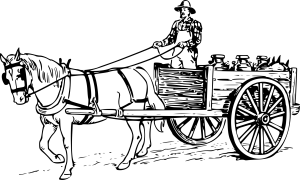
The County Fair
Edwin C. Ranck
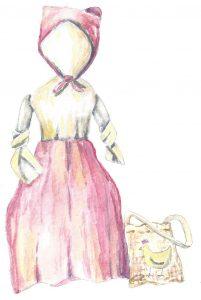 Activity: Make your own rag doll.
Activity: Make your own rag doll.
Laura loved her doll Charlotte that she got for Christmas in chapter two. It was her prized possession. Her first doll was Susan. She was made from corn cob and a handkerchief. We will make a rag doll this first week so it can be enjoyed throughout the book club.
[responsive_video type=’youtube’ hide_related=’0′ hide_logo=’0′ hide_controls=’0′ hide_title=’0′ hide_fullscreen=’0′ autoplay=’0′]https://www.youtube.com/watch?v=ta8NBrGesfY&feature=youtu.be[/responsive_video]
Make a doll of your own or to give as a gift. Boys and girls alike can make a doll to enjoy the experience. Join Grant and Payton as they learn how to make these fun and easy muslin dolls. Complete instructions and patterns can be found in Prairie Life.
Activity: Make a chromotrope :
Toys in the days of the frontier were most likely made by a child’s parents. Scraps of fabric, wood, or other found items would have been the basis for play at that time period. A chromotrope or buzz saw had been around for a long time by the late 1800’s, it has had different names and made with any material on hand. Our pattern uses poster paper, cardstock, or wood if you have access to a saw. A large, smooth button with two holes may work well too. Grayson and Grant share a video next week on variations of this toy.
Once you get the hang of it, a chromotrope can be a fun and entertaining toy for all ages. Add to the fun by color blocking your circle to create a color wheel when it is spinning. Find complete instructions and materials list in Prairie Life.
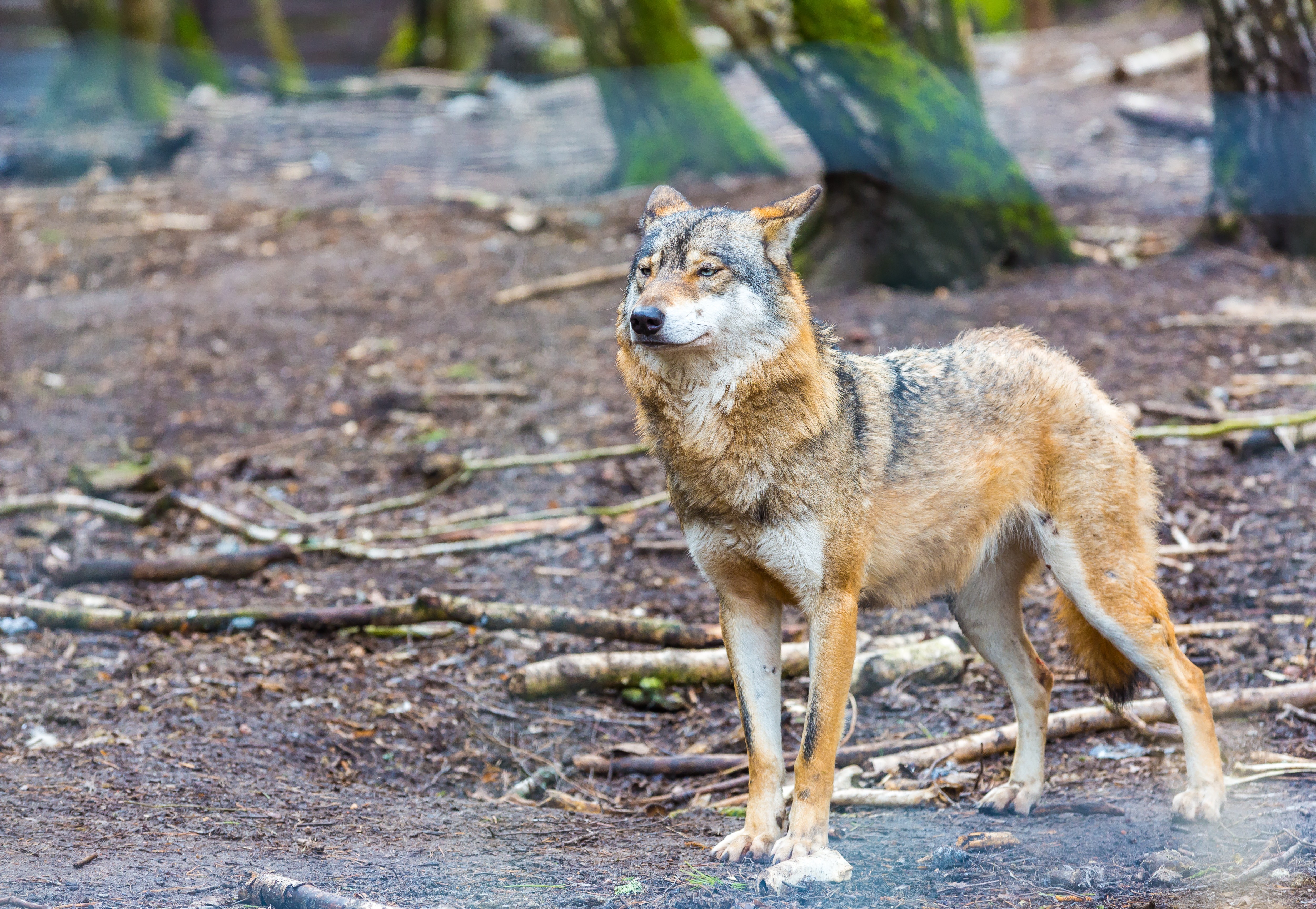
Animals:
The wolves howled at night as Laura and her family were snug in their house. Why were wolves feared during the pioneer days? What threat did they pose to the livelihood of families? Do your own research on wolves. Use this notebooking page for your lesson found in Prairie Life.
This is a short video of a wolf in the wild in Wisconsin from Youtube. The video was taken by deer hunters. WOLF
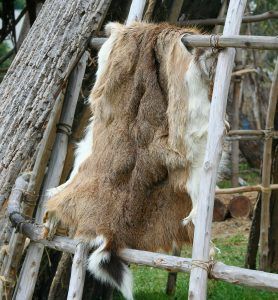
Harvesting animals for food and other uses were key to survival for the Ingalls family. Pa went out almost every day hunting for game. Deer was a staple for meat and skins. Tanned hides were used for bedding, clothing, and trading. Tanning hides is still done today for various uses and the methods have become less time-consuming. This video explains the method of primitive tanning process. Use parental guidance when viewing a chosen video from Youtube. HIDE TANNING
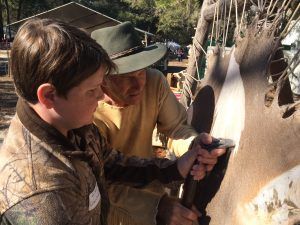
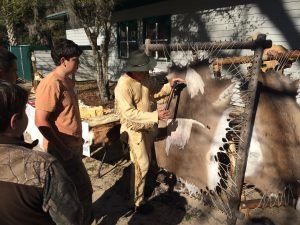
Prairie Food:
Johnny-cakes were a staple food item. Minimal ingredients made this a go-to dish to serve with any meat or alone with milk. Using the word cake gives it a more delectable name for a food that is a bit bland for most taste buds. Make Johnny-cakes for the family this week to go with supper. Recipe in Prairie Life.
Pa left with the wagon and came home with loads of fish he caught in a net. My great-great-grandfather used to make his own cast nets along with pouring the lead for the weights on the net. He passed this tradition down through the generations. I used to watch my grandfather hand tie the cast nets and pour the hot lead into molds.
My son, Grayson is an avid fisherman and inherited my grandfather’s tools of the trade. In this video we made several years ago for an article, he shows you a cast net, its parts, and how to throw it. It will help you visualize Pa netting fish on a riverbank.
This video shows a simple way to make the cakes on a griddle. In another video, these guys were cooking on an open fire next to their wagon. I thought you might enjoy.
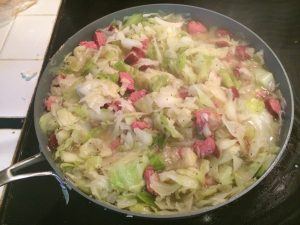
The cabbage was harvested and put in the attic for storage in the fall. It was a good vegetable that would keep and went well with any meat available. In our home, my boys’ favorite meal is cabbage and sausage with cornbread. We fix it several times a month. It is a budget-friendly recipe and we oftentimes use venison sausage Grayson, my son, has made. Salt, pepper, and a bit of apple cider vinegar is the trick to our steamed cabbage and sausage suppers. What is your favorite simple supper at home? Share it with us in the comments below.
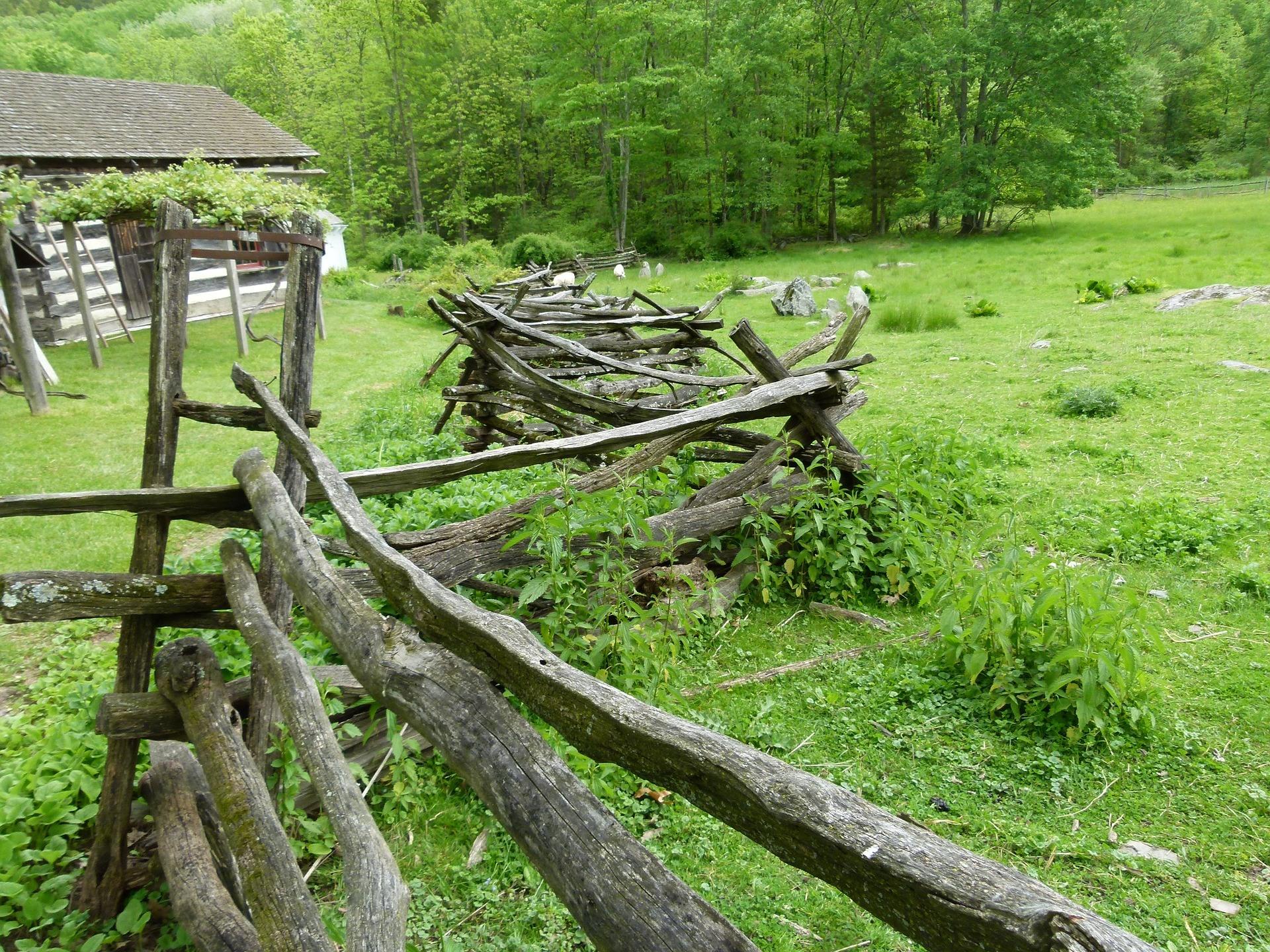
Comments:
Use the comment box below to share your thoughts, additional ideas, and ask questions.


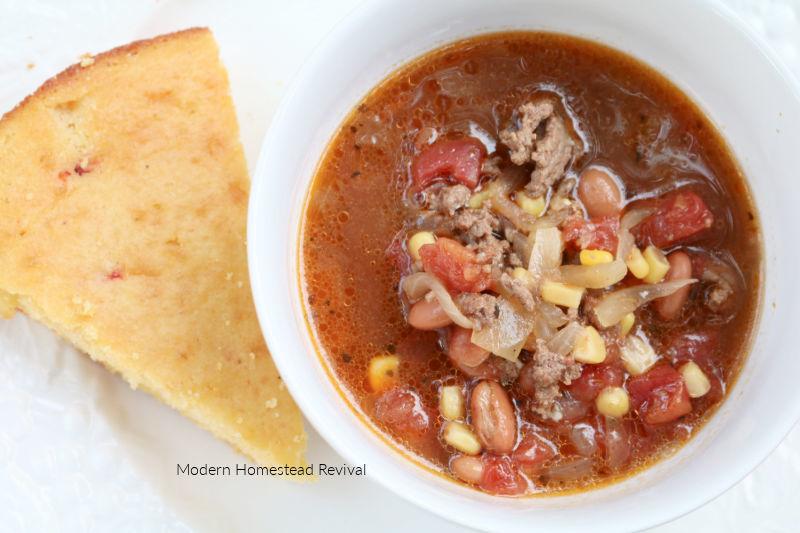
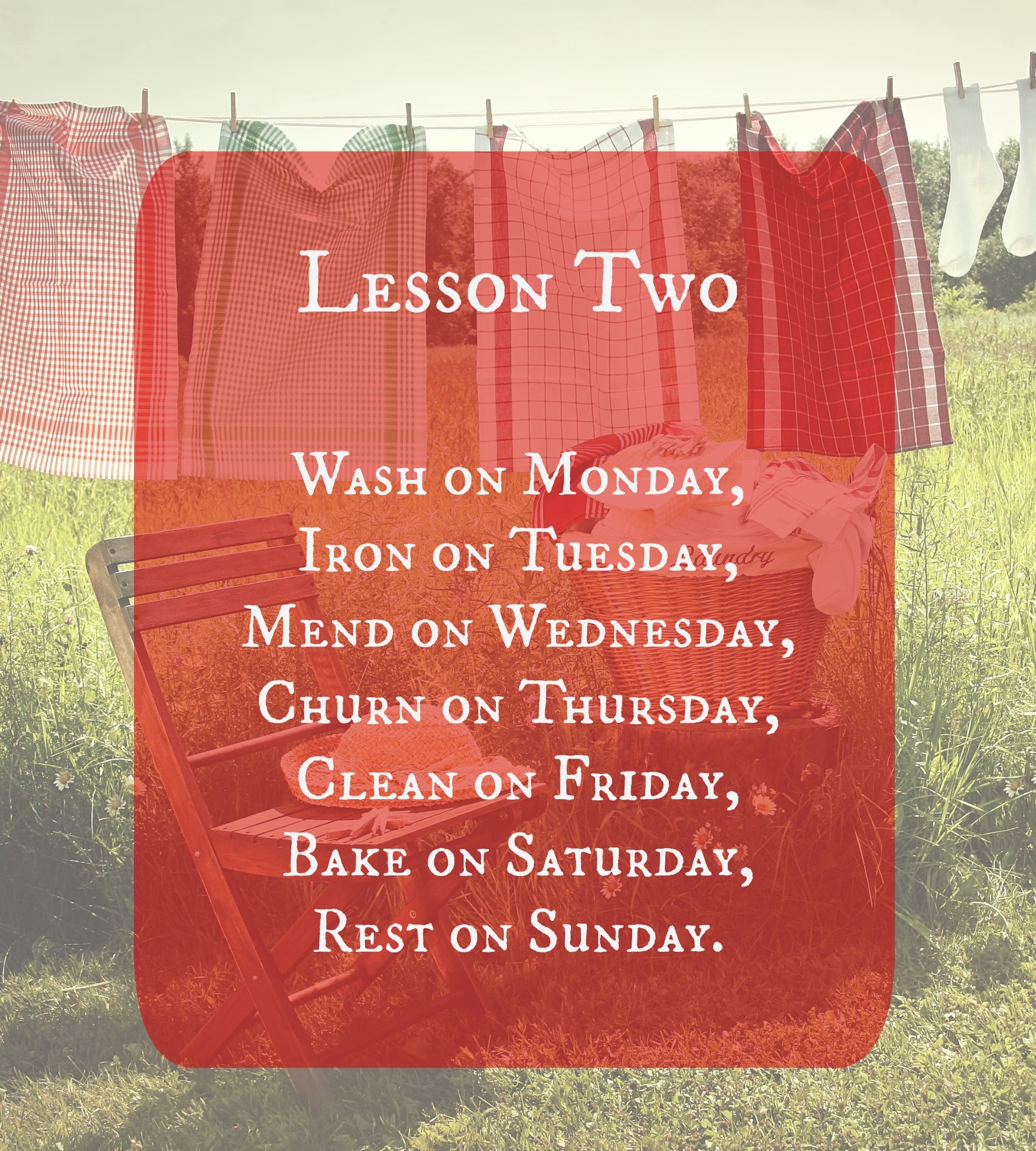
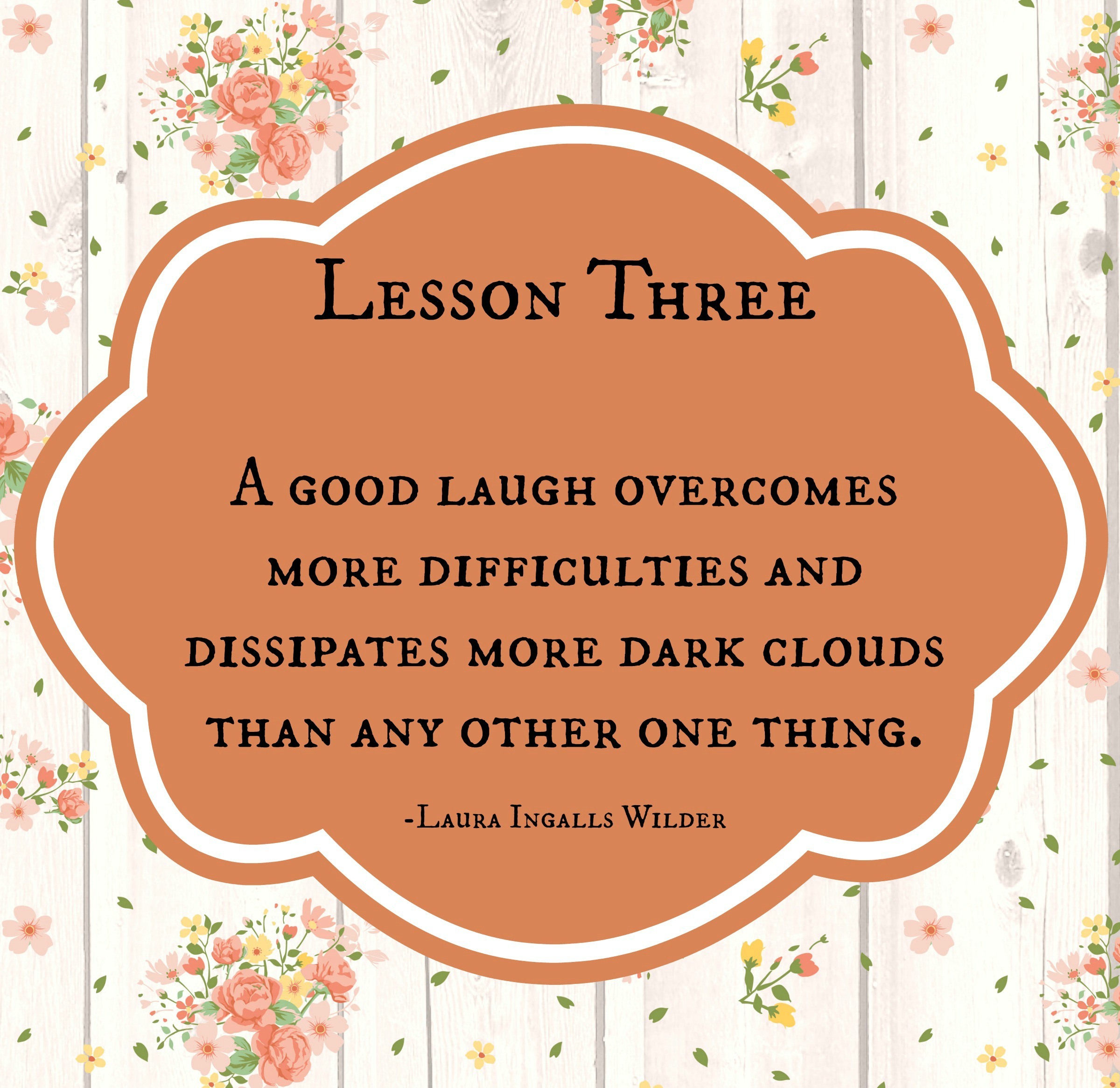
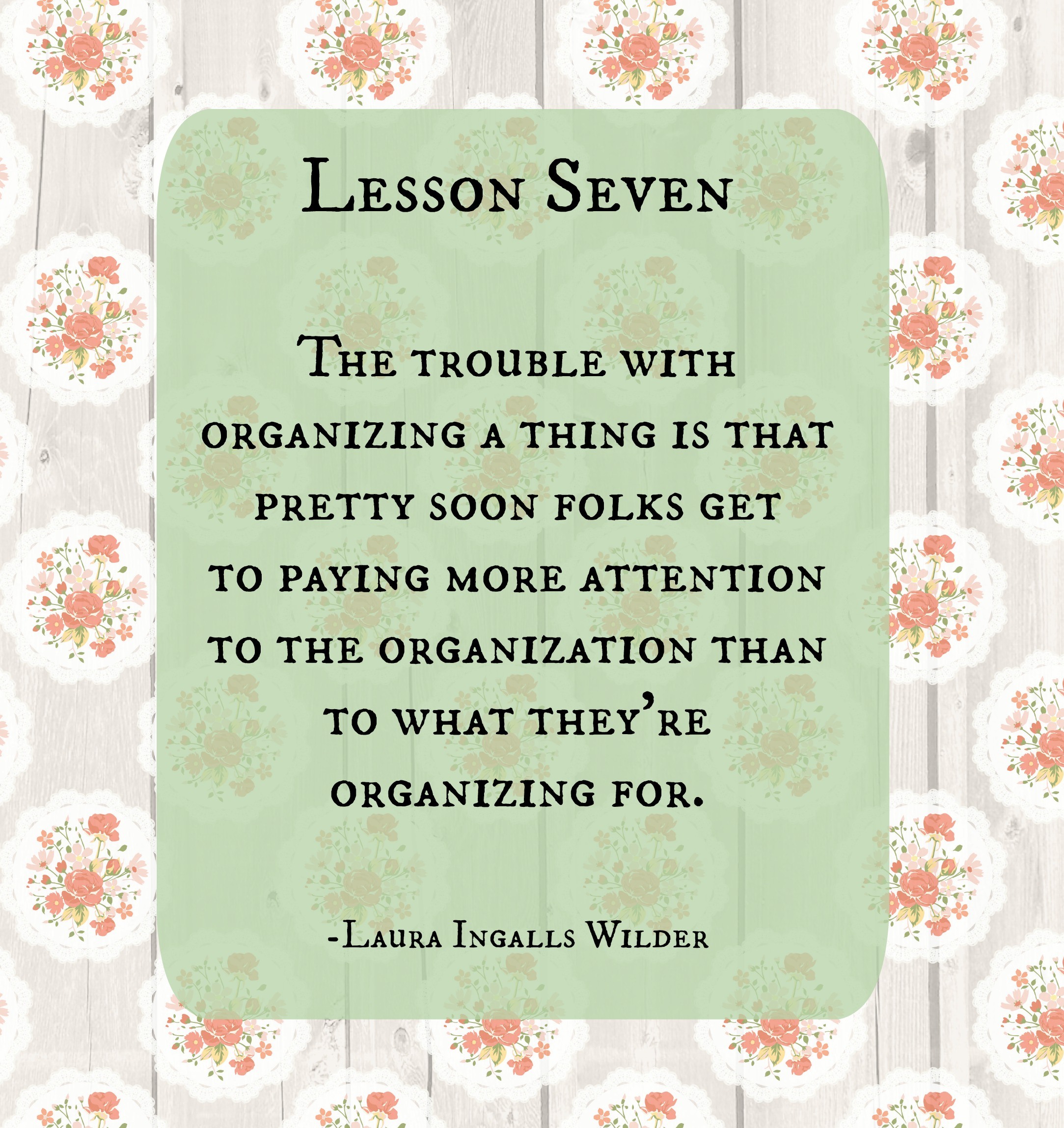
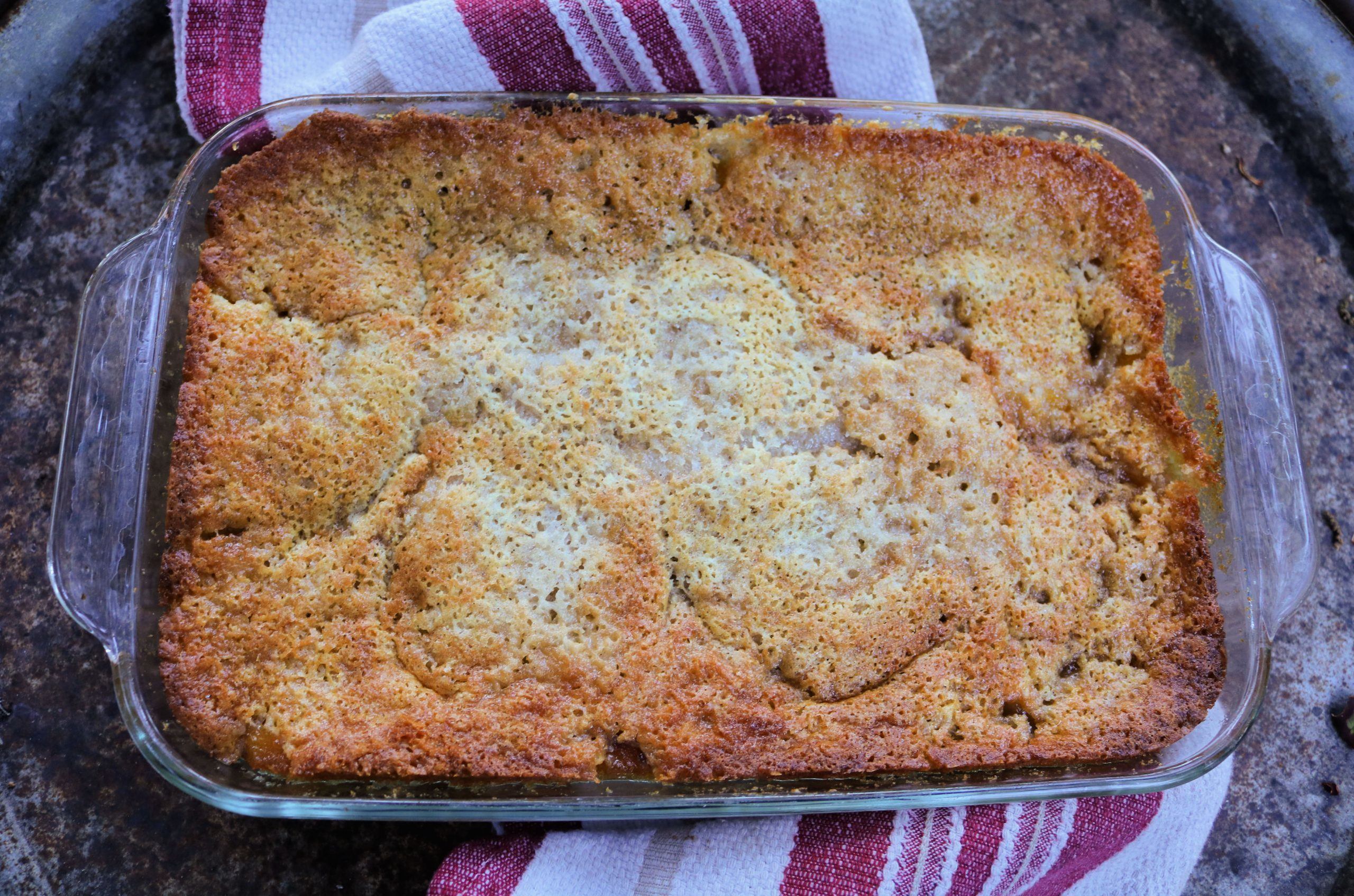
My kids grandmother is from Puerto Rico. We watched a video of someone making Johnny Cakes and realized how similar these are to Sorullitos de Maiz, something she makes regularly for them 🙂
We are going to try making Johnny Cakes tomorrow!
Here are the answers to our family’s favorite (simple?!) recipes:
Emma – sourdough bread
James – chili
Ada – pizza
We like a simple meal of roasted potatoes, carrots, onions, and sausage all in one pan.